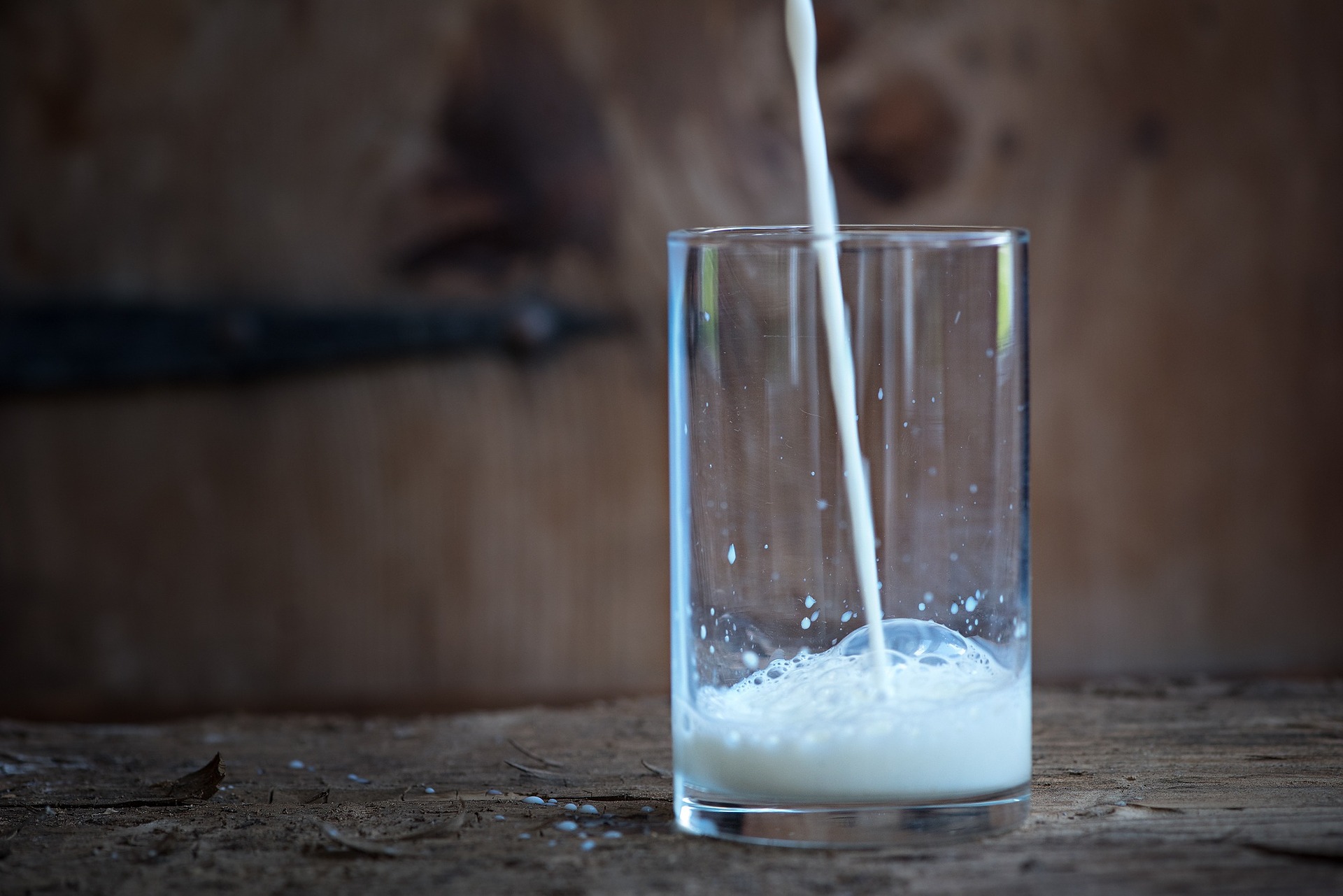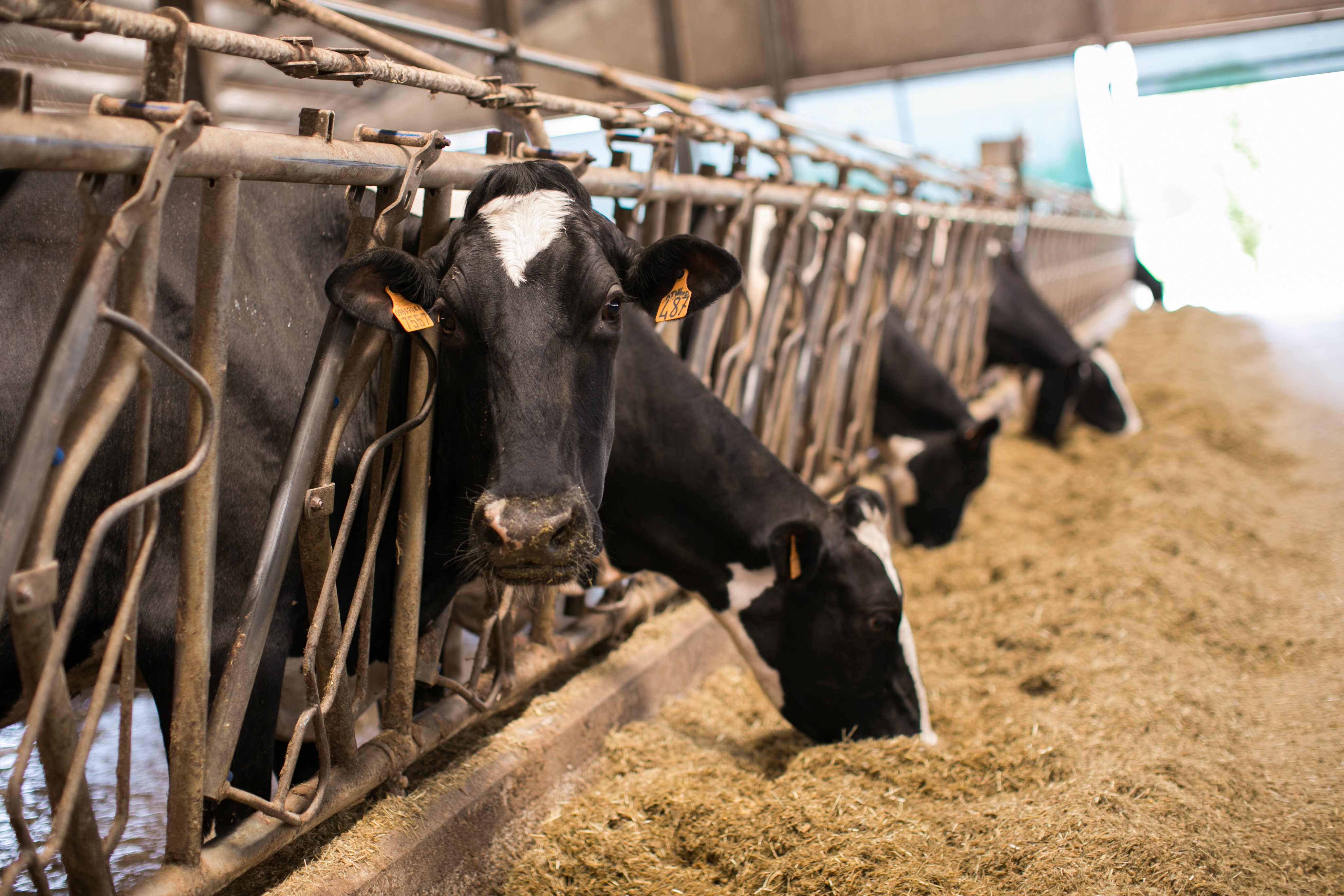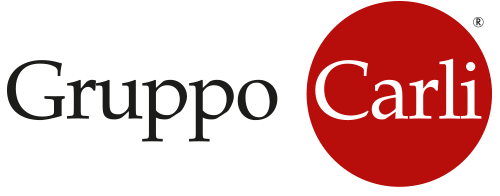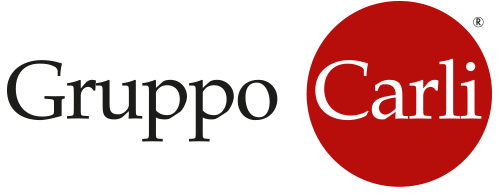Cow nutrition and fat in milk
by Mattia Fustini
In human nutrition, milk is an important source of bioavailable calcium, branched chain amino acids, conjugated linoleic acid and proteins. In addition to calcium, several minerals are present in milk such as phosphorus, potassium, magnesium, zinc and selenium. Milk also provides water-soluble B vitamin (riboflavin and B12) and fat-soluble vitamin, in proportional concentration to the content of fat.

Milk fat percentage is highly influenced by cows diet. Nutritional strategies that optimize rumen function also help to maximize milk production and quality. We have to begin by carrying out individual analysis of functional controls, considering fat and protein level based on the number of lactation days and level of production. Furthermore, there are other factors involved that are not strictly linked to nutrition, such as breed, genetic potential and environmental temperature.
Digestibility of fibre
Fiber fermentation in the rumen produces volatile fatty acids (VFAs) – primarily acetate and butyrate – that are the base of short-chain fatty acids present in milk fat. The key factor for high-fat concentration in milk is the feed quality. As a parameter, fiber digestibility indicates the amount of feed that can be processed by rumen microorganisms. It is calculated by subtracting from the value of NDF (total fiber), the value of lignin multiplied by 2.4. Recently, a direct laboratory measurement has become available that uses rumen liquor, which is fermented for 10 days with the sample under controlled situations. The result is expressed as non-degradable fiber at 240 hours (uNDF240 – u stands for undigested). Using the same method, it is also possible to assess how fast fiber degrades by blocking measurements to specific times (generally 24 or 48 hours). This parameter is indicated using the acronyms NDFD-24 and NDFD-48 (the D that follows NDF stands for degradable). The main factor that impacts the digestibility of the feed is related to plant maturity: the younger the plant is when it is cut, the more digestible it will be.
Excess of unsaturated fats in the diet
Milk is also made up of long-chain fatty acids that derive from those eaten with the ration, from the wall of rumen microorganisms and from fat deposits. Generally, the ratio between short and long-chain is 50:50. Rumen microorganisms transform the unsaturated long-chain fatty acids present in the diet, so that they do not interfere in the degradation of carbohydrates. However, when these fatty acids are present in excessive quantities, the rumen is not able to transform them and compounds (called CLAs) may affect s the udder and reduce fat production in milk. This situation is favored by the presence of low pH levels in the rumen (risk of rumen acidosis), which slows microbial activity.
The diet should never exceed 5% of lipids and in particular, it is necessary to limit the sources of unsaturated fatty acids, present in high quantities in many foods, in particular, whole soybean oil (usually extruded or flaked), flaxseed oil (extruded) and whole sunflower seed oil, as well as in corn and corn distillers.
Feeding trough management
There must always be plentiful ration available in the trough and any residues (at least 4-6% of the total unloaded) must be collected daily. To guarantee correct rumen function, it is necessary to put feed in the trough several times throughout the day. Excess starch should be avoided (22-26% of the ration), in order not to run the risk of rumen acidosis and care must be taken to administer forage that has been stored correctly and is free from mold.
Changes in rations should be avoided as far as possible, aiming to maintain a constant supply of nutrients over time. We recommend mixing several types of forage as, even if there is a nutrients or quality variation in one of them, this will not significantly modify the composition of the diet. In the event of a unifeed diet, shredding should prevent sorting by animals (finely shredded forage that is 3-4 cm long) and if possible, the same length should be repeated every day. Cattle must always have access to clean water in tub drinking troughs. To combat the decrease in fat typical during the summer, it is useful to install ventilation systems capable of improving air quality and favouring feed intake and rest in animals.

Cool and healthy cattle
Cattle that are fat at calving (BCS >3.75) find it more difficult to maintain good feed intake during the first few weeks in milk, heading towards a negative energy balance that leads to rapid weight loss. As well as producing less milk, these animals will have a lower level of protein and initially, a high level of fat due to the weight loss (an indicator of ketosis) that in just a few weeks can reach very low levels (milk fat below 2.5-3%). Generally, peak lactation is delayed, compared to the optimal levels of 50-60 days. In this case, there should be a particular focus on rations for dry cows. Low BCS in cows in milk is therefore, a risk factor for low levels of fat in milk.
Conclusion
Milk fat content is a parameter heavily influenced by the ration and the conditions that occur in the rumen, not only linked to the risk of acidosis, but also the presence of unsaturated fats. Improving the quality of forage, by cutting it early and adopting the best harvesting and storage techniques, is key to achieving a high concentration of fat in milk.
Dr. Mattia Fustini

D.V.M. cum laude and Ph.D. in Feed and Food Science from University of Bologna. Specialization cum laude in Animal Health, Breeding and Zoothecnical Production from University of Camerino. Dott. Mattia Fustini was born in the northern of Italy, Trentino province, where he grow up on a dairy farm. In 2007 he spent a year at the Penn State University under the tutoring of Dr. Jud Heinrichs studying the Physically Effective Neutral Detergent Fiber. He was responsible for the Experimental Farm at the University of Bologna from 2008 to 2017.His research focus on the effect of forage particles size on chewing behavior, milk production, and rumen fermentation in lactating dairy cows. He is currently an independent consultant working in dairy nutrition and management.

